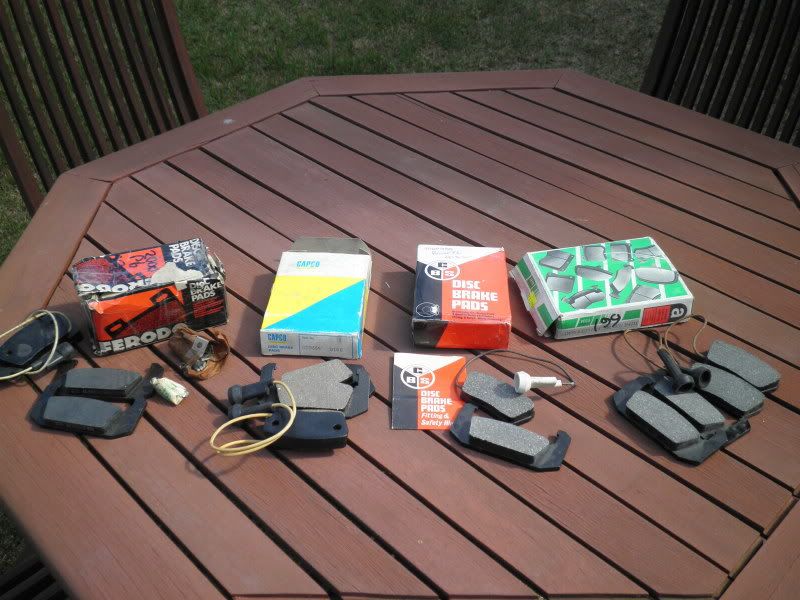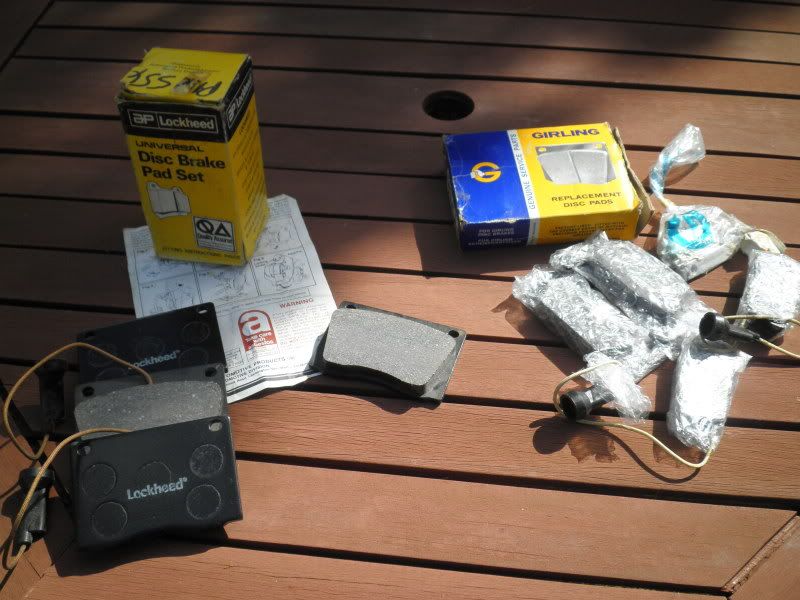Once upon a time I was asbestos safety officer on the railway in our part of the woeld, so know a lot about this. (railway trains, as well as buildings, used to be insulated with blue asbestos).
There are three types of asbestos, Blue, Brown and White.
Blue asbestos is hyper dangerous - one sniff of loose stuff and you are at risk of a lung cancer. This is because the fibre size, particularely length, is just right to upset the lung.
Brown asbestos isn't far behind, but you have to be unlucky.
White asbestos is only harmful in volume. The mechanism for damage to the lungs is the same as coal dust or other airborn particles.
How do you tell the difference? The clue's in the name! Blue looks like shredded blue paper workshop paper towel. Brown similar (but brown!).
So with white asbestos the hazard is to people involved in the production process, not to those coming across it on an ad hoc basis. It's just possible that if all you ever did for 20 years was blow out brake dust you'd have a problem, but in our exposure, dealing with our own hobby car, not an issue.
Ron is right - asbestos pads are generally much better than the modern equivalents. At least in part, this is because the modern materials tend to gas under load and "float" the pads off the disc. By far the best is EBC "Green Stuff". But only if you use grooved discs to let the gas out from under the pad.
Chris



